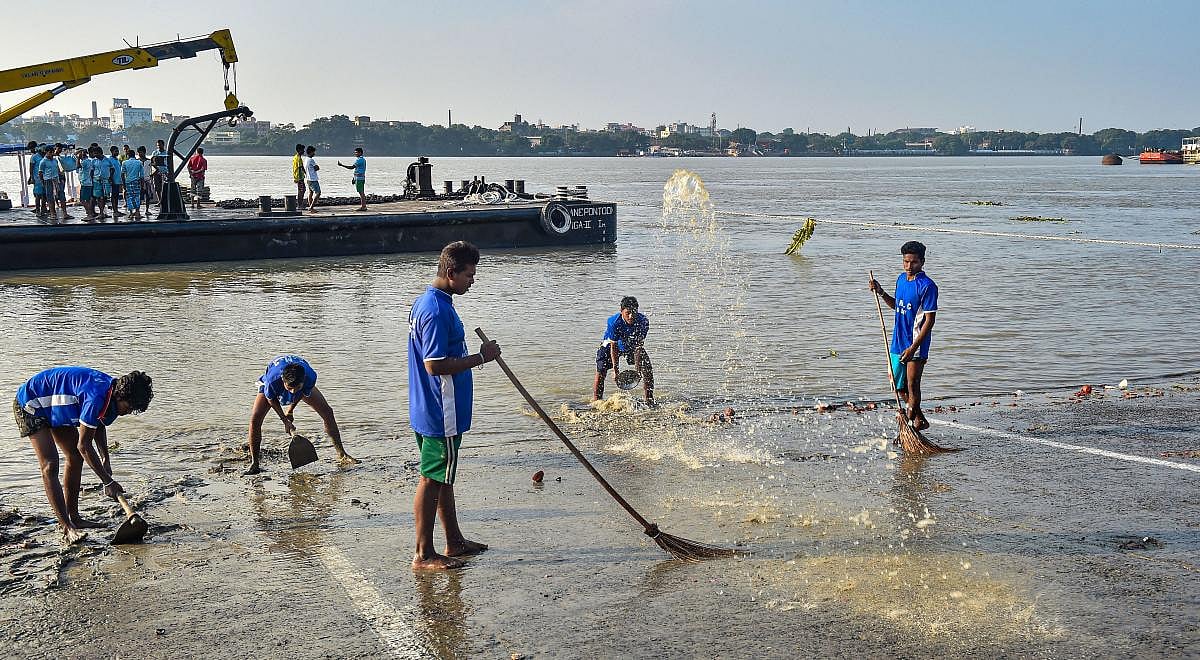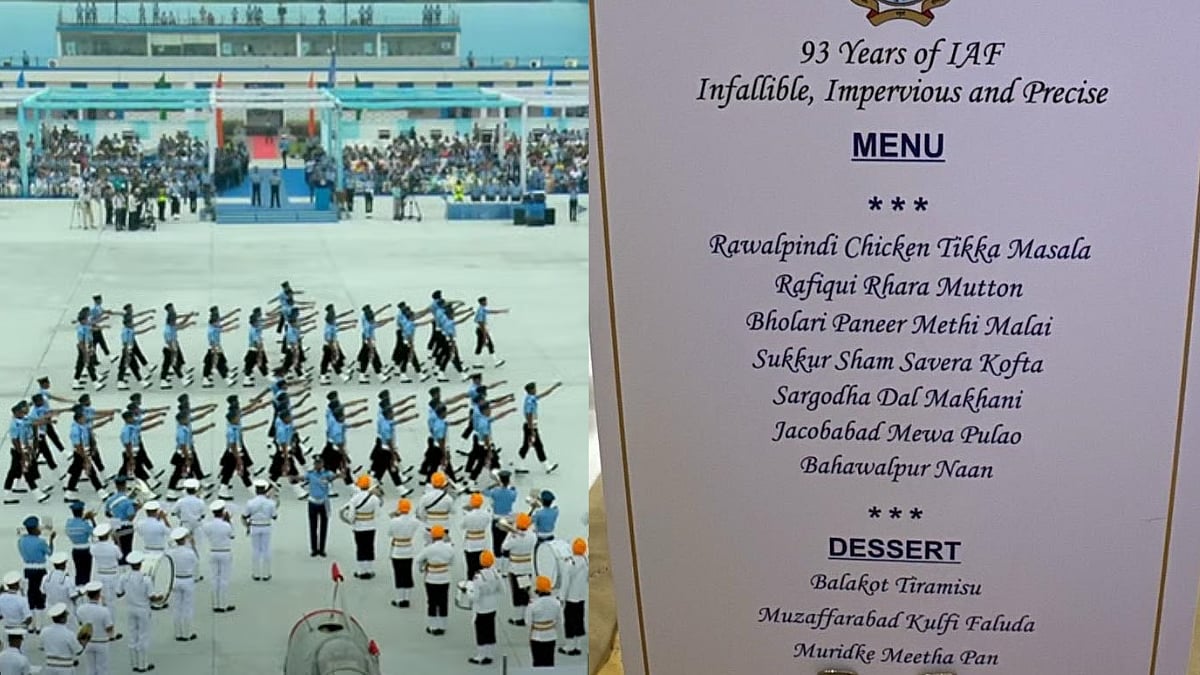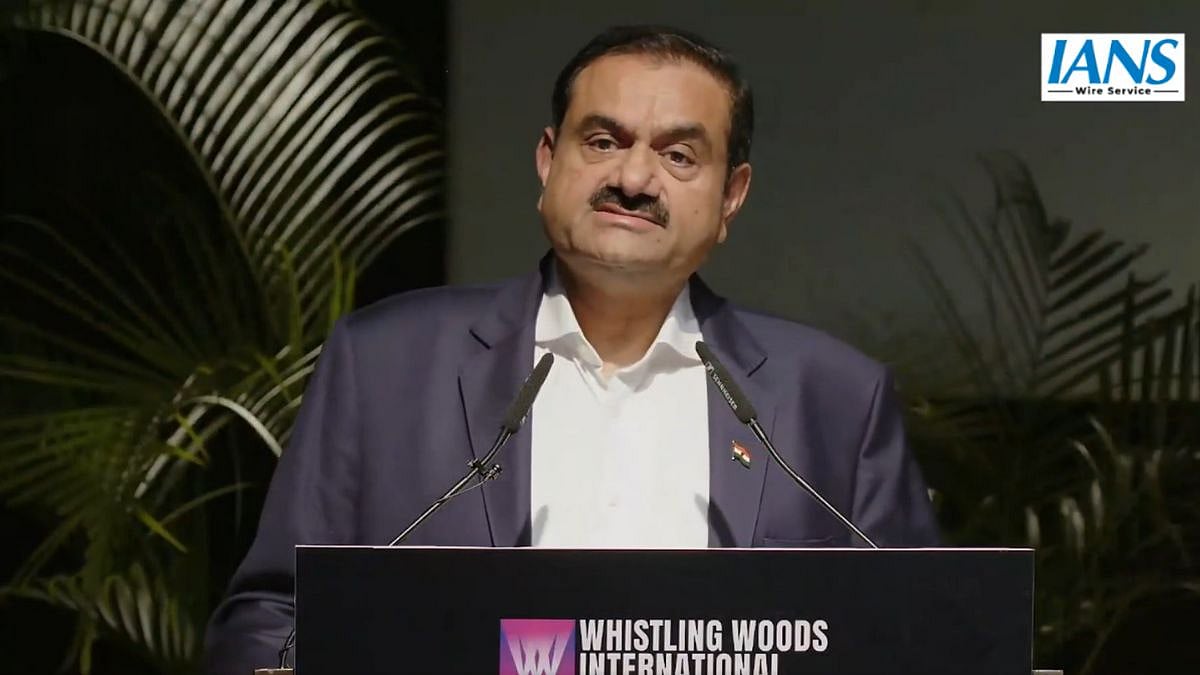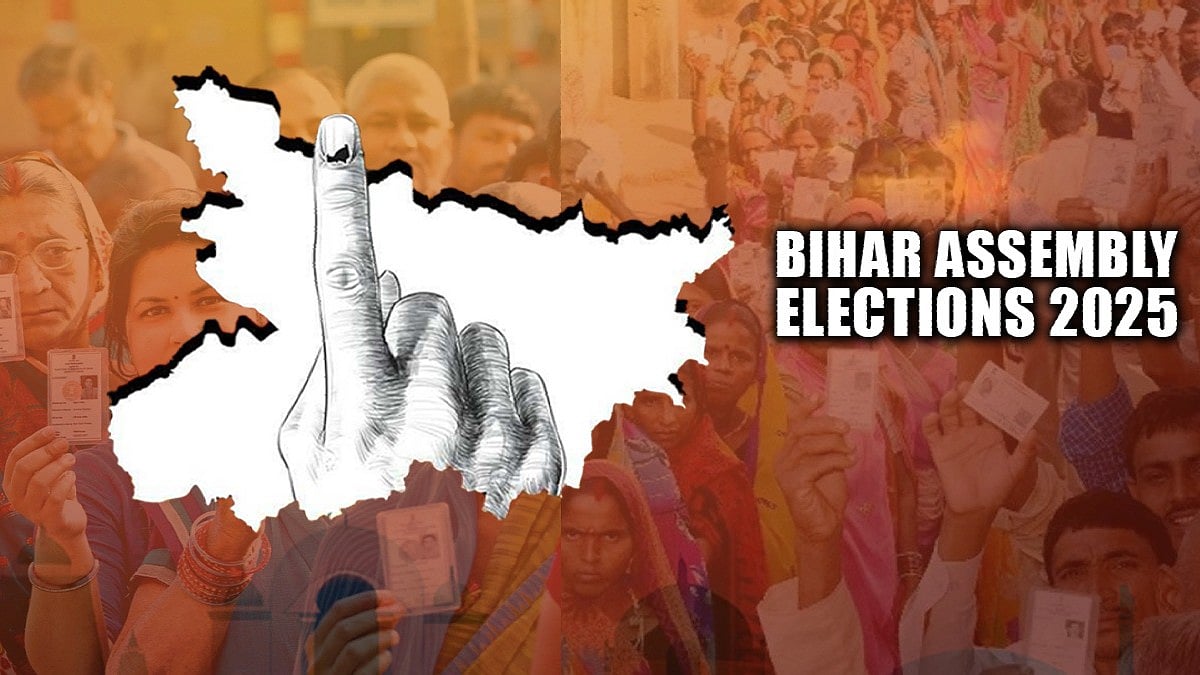Check media reports from April 2020. They all talk of a Ganges that had finally become significantly cleaner and more beautiful than it had ever been in recent memory.
The reason was obvious to everyone. It was something that most experts had been saying all these years. The pandemic and the lockdown forced the polluting units to shut down. That prevented effluent discharge. And that, in turn, left the Ganges cleaner, even without the efforts of the staff employed by the Namami Gange project.
In the meantime, the government had already spent over Rs.8,000 crore (see table). Much of this was evidently spent in Uttar Pradesh (UP). This is because -- while state-wise outlays are not available – the work covers Kanpur, Allahabad/Prayagraj, Farrukhabad, Varanasi and Mathura; all in UP.
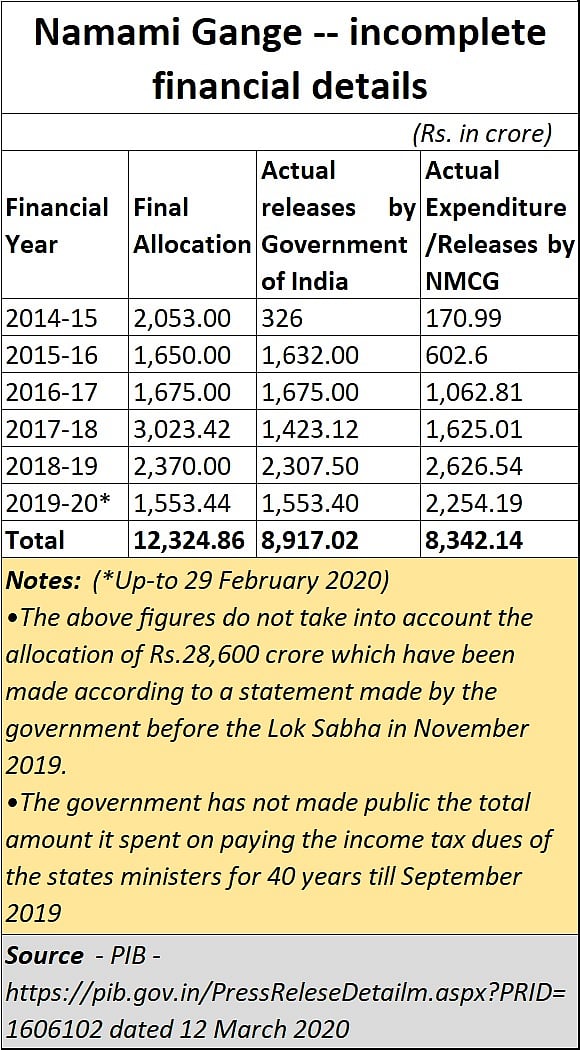
Experts had privately laughed at the foolishness of Indian planners who opted to spend money on cleaning the river without first stanching the inflow of effluents. Ironically, what the government did not do, the pandemic succeeded in doing.
So, was the Rs 8,000 crore spend only done to allow private players access to more money, without paying the cost of polluting public assets? Was the same game of privatisation of profits, and socialisation of losses being played out in UP? Could that explain why few policymakers want to enact and enforce the polluter-pays principle?
Worryingly, the actual amounts spent on UP and the Ganges could be several times larger.
In November 2019, Minister for Jal Shakti Gajendra Singh Shekhawat, informed the Lok Sabha that the Clean Ganga drive is a continuous process and the government has sanctioned 305 projects, at an estimated cost of over Rs 28,600 crore, under the plan. The PIB statement makes mention only of Rs.1,600 crore as the proposed allocation in the budget for the financial year 2020-21.
Add to this the significant sums being spent on Ayodhya, Mathura and Prayagraj. More good money being poured over bad?
Look at some other examples of UP’s profligacy and the silence on the part of the central government and the Supreme Court. This state has exploited farmers – year after year -- by actually creating hindrances in the proliferation of milk cooperatives. This is despite the fact that UP is the largest milk-producing state in India. Yes, Verghese Kurien did manage to set up a couple of milk cooperatives in the state, but as soon as he demitted office, the cooperatives were scaled down.
Consider yet another horrifying aberration. It was only in September 2019 that the Yogi Adityanath government, possibly under instructions from PM Modi, gave orders compelling UP ministers to pay their own income tax. As Suresh Khanna, state cabinet minister for parliamentary affairs and finance, stated at a press conference, “The state treasury will no longer pay the income tax of ministers and the provision in the Uttar Pradesh Ministers (Salaries, Allowances and Miscellaneous Provisions) Act, 1981, requiring the government to pay the income tax of the chief minister and the ministers, will be nullified.” But the recovery of such patently wrong financial transfers is not being done. It is not even being considered.
If ill-gotten gains can be sought to be recovered from the likes of Vijay Mallya, why not the UP ministers? Mallya had at least created wealth for India, and jobs. It would be interesting if there is a whitepaper on the wealth and jobs the ministers created against each rupee spent.
There are other questions that demand answers.
Should funds be allocated without demanding a return on investments?
Can one state be allowed to impoverish the rest of India – even if the state has the Prime Minister’s constituency?
Is there no method of enforcing accountability – like sending the finance secretary to prison for defrauding the national exchequer?
Should the Supreme Court not be asking these questions suo moto, rather than pursuing contempt of court cases to protect its own dignity?
Does the country’s financial integrity matter less than the dignity of the court?
The courts have preferred to mutely watch the country being plundered by the brazen recklessness and profligacy of just one state -- UP. Doesn’t this remind you of Nadir Shah or Gazni?
As a result, the cash-generating states in Western and Southern India have been left with less money to spend on education and health services. Money for infrastructure which could have made India stronger was looted by one single state (there were others as well, but more on that later).
It is therefore necessary to look into some seamier details of how politicians and bureaucrats colluded to actually reward UP – and a couple of other states -- for profligacy. But more on that in another article.
The author is consulting editor with FPJ
